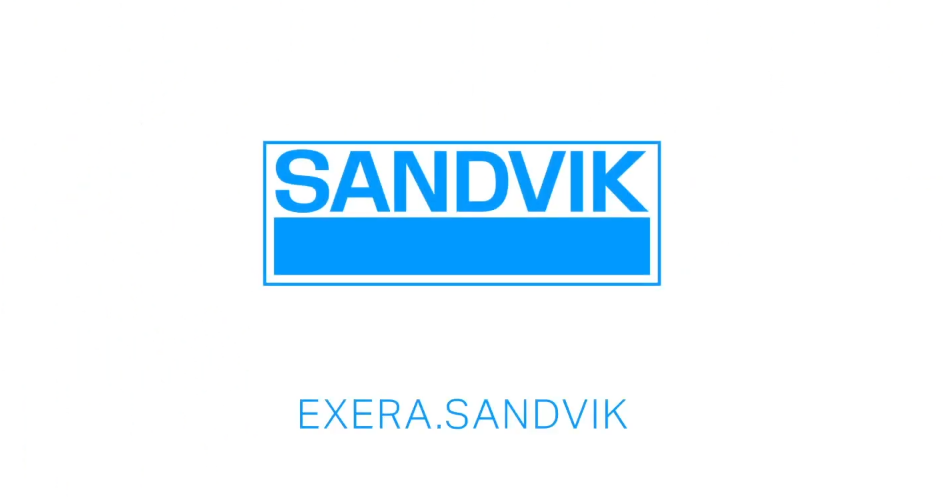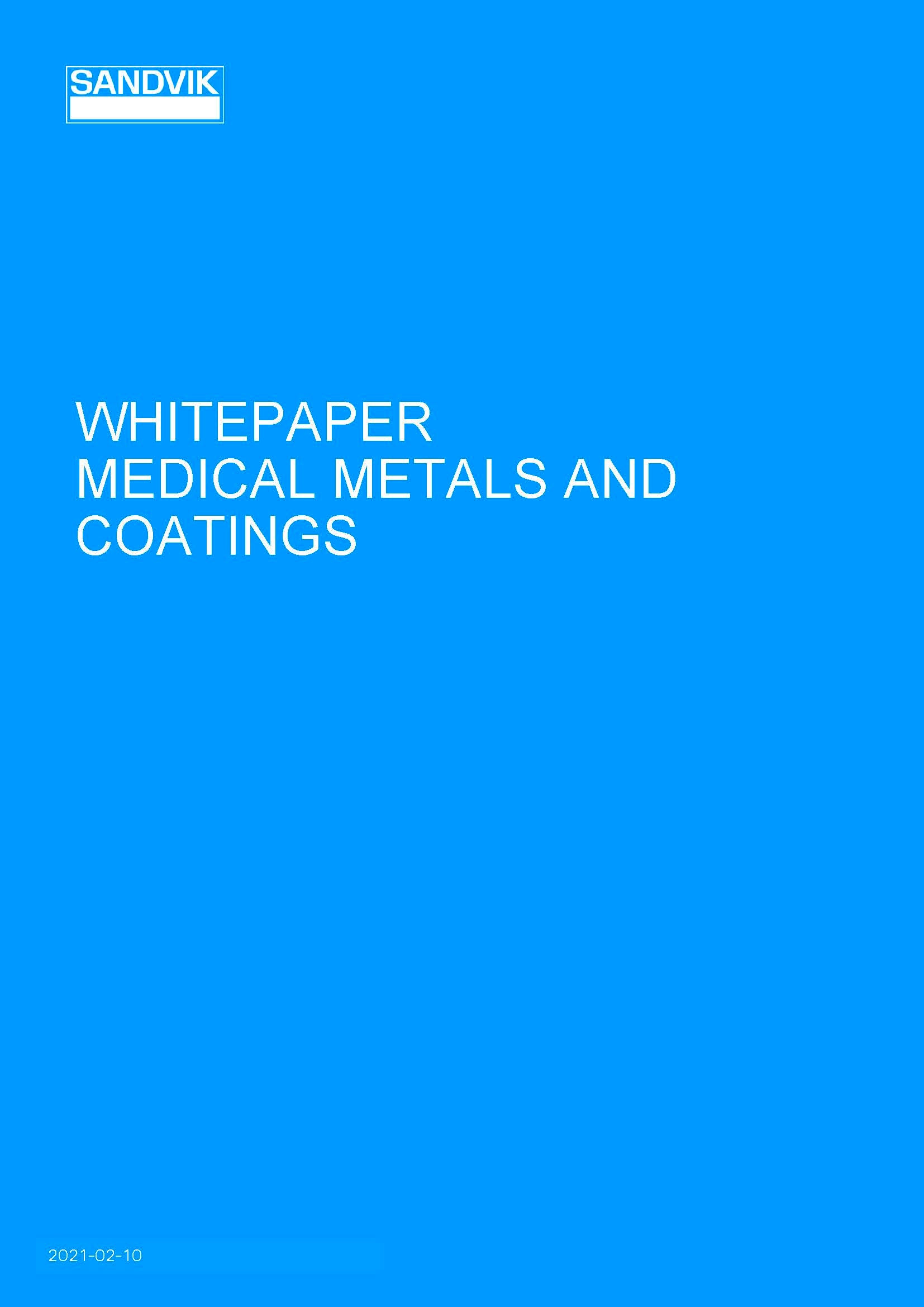
Medical devices for the treatment of cardiovascular, endovascular and peripheral vascular disorders have come a long way, but the industry is still under pressure to provide effective, affordable healthcare. In the US alone, 950,000 people die from cardiovascular disease each year, which is twice the number of cancer-related deaths. In fact, cardiovascular disease accounts for more than half of all deaths in women.
Based on consensus information since the 1940s, life expectancy increases for most demographics have been due to the reduction of cardiovascular-related deaths, so the impact of medical devices for vascular therapy cannot be understated.
When we think of advancements in medical devices, most of us will think of improved diagnostic accuracy, better biocompatibility and the introduction of digital solutions, but in most cases, this wouldn’t be possible without an important component: medical wire.
Medical wire plays an essential role in navigating the body for several applications, including placing therapeutic and/or diagnostic devices at the precise location where measurements or stimulation needs to take place. Components such as catheter guidewires and pacing leads must be strong, flexible and durable in small cross sections and possess other surface enhancements such as high lubricity properties in order to minimize patient trauma and function properly. These composite wire material solutions make the physician’s job as easy as possible and help keep the patient safe.
Choosing the ideal configuration for medical wire components to be used for vascular therapy can be challenging, so many manufacturers turn to Sandvik. Sandvik Material Technology’s EXERA® range of precise medical wire can be adapted and customised for vascular therapy applications based on the company’s extensive expertise in metallurgy, process development and synthetic coatings.
For catheters and guidewires, medical device manufacturers commonly use coiled wires and braid-reinforced shafts. Sandvik offers customised coiling services and specifically developed metals with excellent winding ability, as well as round and flat wire used for braided catheter reinforcement.
According to Gary Davies, manager business unit medical at Sandvik Materials Technology: “When catheter guide wires are introduced into the vascular system it’s quite a tortuous path, so the wires have to be very flexible and responsive to turning in order to reach the correct region of the patient’s anatomy. If you’re navigating part of the cardiovascular system, you need very precise movement as not to cause any vessel damage and precisely locate the device. Sandvik develops stainless steel and other key materials to support the high -functionality of these devices.”
“Today, there are many devices used to test or treat different parts of the cardiovascular system.” Davies continues. “For instance, Sandvik is involved with manufacturing materials that are used to measure the severity of atherosclerosis by measuring the relative amount of blood flow past arteries that appear to have a high degree of plaque. This is just one example of wire-based products that are used not only in the placement of therapeutic devices such as a stent but also for sensing areas within the body.”
Catheter guidewires are used by physicians for many applications, including placing medical devices, cardiac catheterisation/diagnostics, clearing arterial blockages or crossing lesions. Precise medical wire needs to offer anti-corrosion properties in body fluids, moderate tensile strength and good torque ability. Stainless steel, other alloys and polymer coating surface treatments are carefully developed and selected to meet these needs.
In addition to catheter guidewires, pacemaker leads also rely on high-quality medical wire. For this application, Sandvik offers wire with ultra-high strength, excellent cyclic fatigue and corrosion resistance.
“The tried and trusted method of cardiac pacemakers is still a wire-based system,” Davies explains. “Wires are used to conduct energy from a battery pack located just under the skin. That electrical energy stimulates the heart muscle at an established frequency to make sure that blood flows properly throughout the body.”
Direct attachment to the heart muscle subjects the pacing leads to cyclic fatigue stresses. Redundancy is always built into the device with pacemaker leads in case there is a breakage such that another wire can take over the stimulation. Therefore, the electrical energy of these different leads needs to be kept isolated which is accomplished using a coating with high dielectric breakdown strength. Having high dielectric strength is also a safeguard against the pacemaker device from shorting when the use of defibrillators is required. EXERA® branded wires deliver excellent fatigue resistance, insulating polymer coatings with good dielectric breakdown strength and good conductivity for extended battery life.
For more information about EXERA® medical wire properties used for vascular therapy, including the EXERA® 12R10 HV medical wire (‘304V’, UNS S30400) and EXERA® 316LVM medical wire (UNS S31673), download the whitepaper below.



